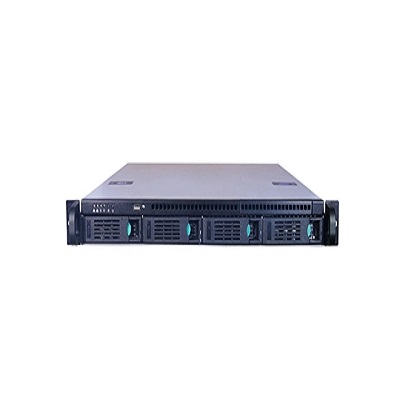As broadcasting makes a comprehensive upgrade from analog to digital today, DRM (Digital Radio Mondiale) technology, as one of the international mainstream digital broadcasting standards, is gradually being promoted and applied worldwide. In this system, the DRM Content Server plays an extremely crucial role. It is not only the hub of content encoding but also the technical core that ensures high-quality, low-latency, and secure transmission of digital broadcasts.
The DRM Content Server is the core equipment or software system in the DRM digital broadcasting link responsible for audio encoding, data packaging, channel encoding, and multiplexing. It is usually located at the front end of the broadcast chain, connected to upstream devices such as audio sources and program management systems, and transmits the processed broadcast content to the modulator and transmitting devices through IP networks or dedicated interfaces.
In other words, the DRM Content Server is the "brain of broadcast data," responsible for converting the original program content into a digital format suitable for radio transmission.

DRM uses efficient audio encoding standards (such as MPEG-4 HE-AAC v2), and the DRM Content Server is the key module that performs this process. It digitizes and compresses audio signals from live rooms or recording systems, significantly reducing bandwidth requirements while ensuring sound quality, making them suitable for transmission on medium and shortwave bands.
The DRM Content Server can package multiple broadcast programs into one frequency, achieving single-frequency point broadcasting for multiple programs. This not only improves spectrum usage efficiency but also provides radio stations with more diverse program structure options, such as combinations of primary audio, secondary audio, and data broadcasts.
The DRM system supports the parallel transmission of various types of data, such as news feeds, emergency alerts, weather information, electronic program guides (EPG), images, and web pages. The DRM Content Server can integrate these data services and encode them synchronously with audio content, providing a richer broadcasting experience for the receiving end.
The DRM Content Server also generates and embeds important service information (SI), such as program IDs, channel names, language identifiers, modulation parameters, etc. This metadata assists receiving devices in accurately identifying and decoding the received broadcast stream.
As global broadcasting gradually transitions to an efficient, environmentally friendly, and multifunctional digital system, the role of the DRM Content Server becomes increasingly prominent. It is not just an encoder, but a core dispatch system that accurately coordinates and reliably sends audio and data. Whether in terms of improving broadcast quality, expanding service capabilities, or optimizing spectrum resources, the DRM Content Server plays an irreplaceable technical support role.
In the future, as 5G, IoT, and satellite communication technologies converge, the DRM Content Server will continue to evolve within the digital broadcasting ecosystem, becoming the "central brain" of intelligent broadcasting systems.